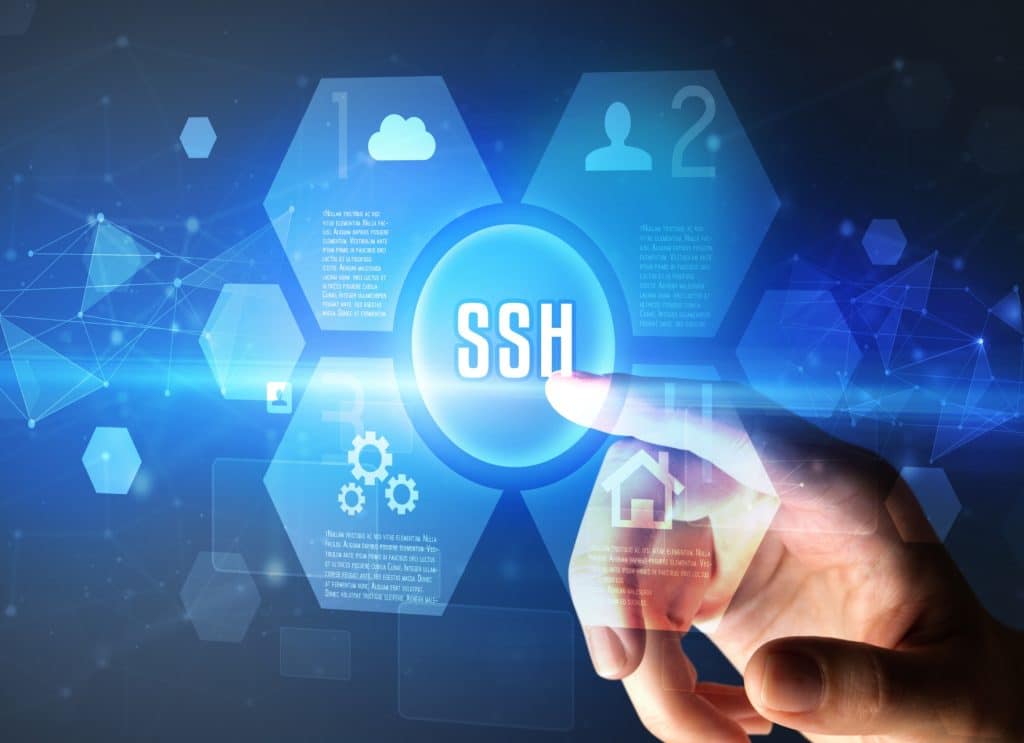SSH Essentials: Working with SSH Servers, Clients and Keys
With the help of Secure Shell, you can securely access and manage remote systems. We show you the basics.
Secure Shell (SSH) is a widely used network protocol that provides an encrypted connection for secure data transfer and remote computer control. This tool allows you to securely access and manage remote systems. Below we’ll explain the basics of SSH and show you how to use SSH servers, clients and keys.
SSH Server and Client: The Basics
To use SSH, you need an SSH server on the host you want to access and an SSH client on your local device. The SSH server provides access to the system, while the SSH client allows you to connect and execute commands on the remote system.
Most modern Linux and Unix-based operating systems have an SSH server enabled by default. However, if you want to set up your own SSH server, you can do so with a few simple steps. The OpenSSH server is one of the most popular and widely used implementations, providing both security and stability.
Likewise, SSH clients are available on most platforms, including Linux, macOS, and Windows. On Linux and macOS, the OpenSSH client is usually pre-installed, while Windows users can install client software like PuTTY to establish an SSH connection.
SSH keys: increase security and convenience
SSH connections can be secured by username/password authentication, but a more secure and convenient method is to use SSH keys. SSH keys are based on public-key cryptography, where there is a pair of keys: the private key stored on your local device and the public key stored on the remote server.
To generate SSH keys, use the ssh-keygen command, which by default creates both the private and public keys in the ~/.ssh. It is recommended that you set up a password during key generation to provide additional protection for the private key.
After you generate your keys, you need to transfer the public key to the SSH server. For this, you can use the ssh-copy-id command, which copies the public key to the authorized_keys file on the server. This allows you to authenticate using the SSH key without a password prompt.
SSH Agent: Managing Secure Shell Keys
Over time, you may accumulate multiple SSH keys for different servers and services. To manage them efficiently and avoid having to re-enter your password every time you connect, you can use the SSH Agent.
SSH Agent is a program that manages your private SSH keys in the background and automatically passes them to the SSH client when needed. This way, you only have to enter your passphrase once per session and can then seamlessly switch between different servers. Understanding SSH Basics: Secure Remote Access through Encrypted Connections and Effective Key Management.
Conclusion
SSH is a valuable tool for anyone who works with remote systems. With an SSH server, you can securely connect to and manage remote hosts. Using SSH keys greatly improves the security of your connections, while SSH Agent simplifies the handling of multiple keys.
Remember to use SSH responsibly and securely. Make sure your keys are well protected and update your passphrases regularly. This will help you take full advantage of SSH and make your remote work more efficient and secure. Learn more.


